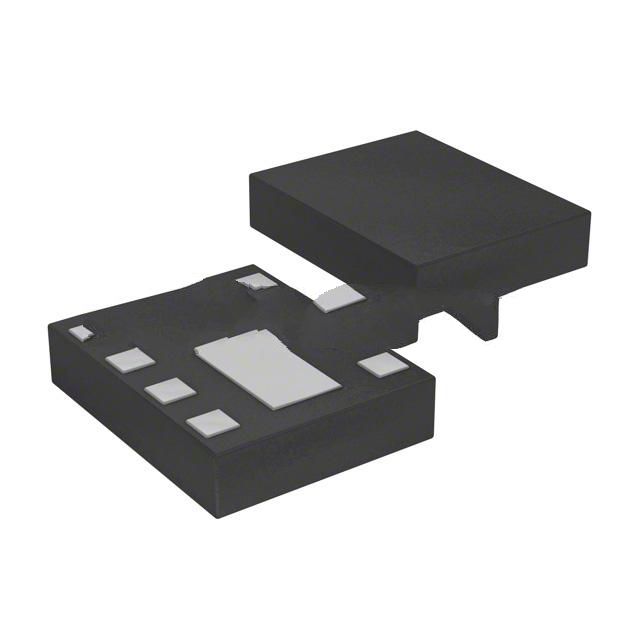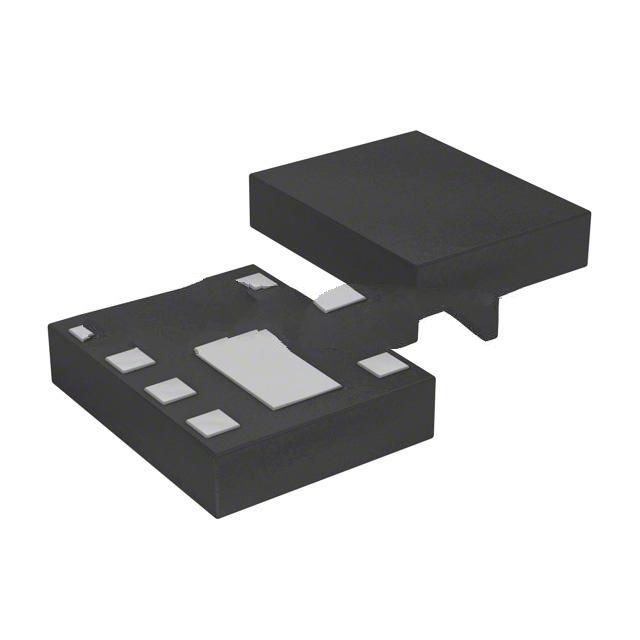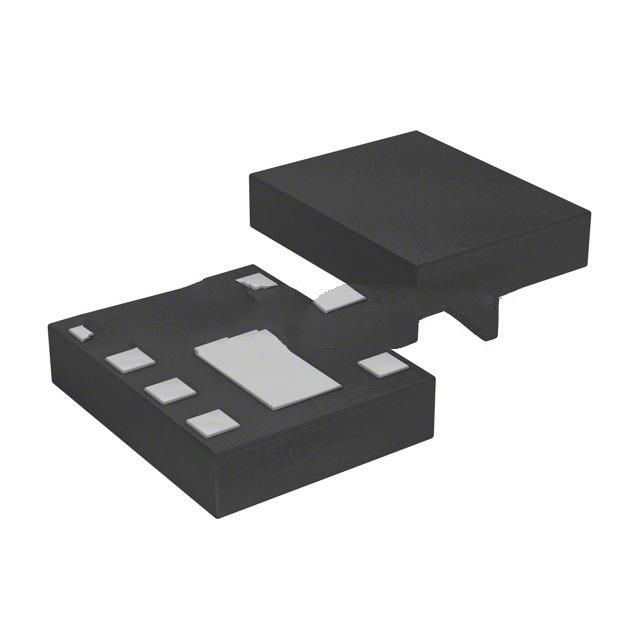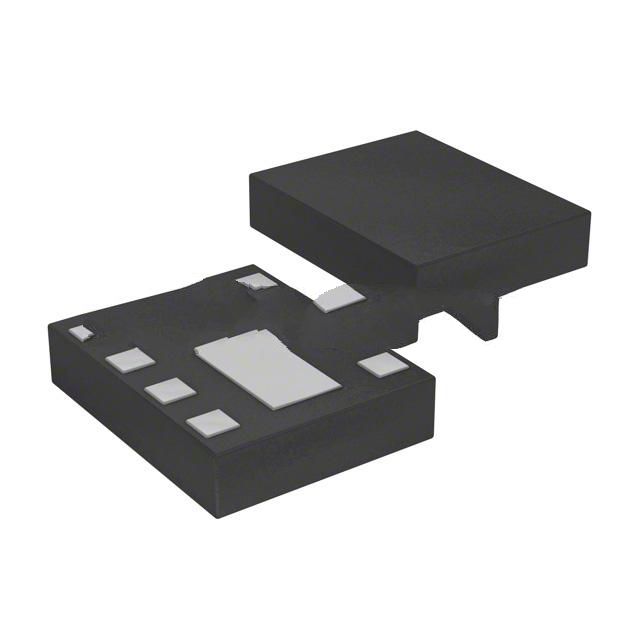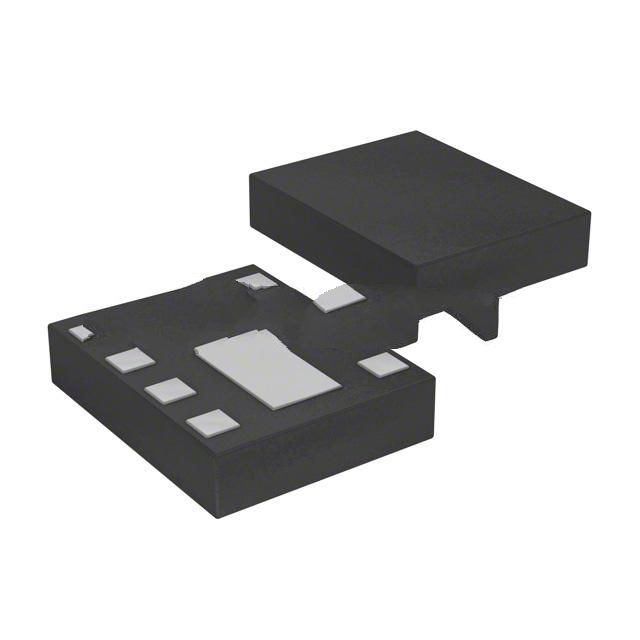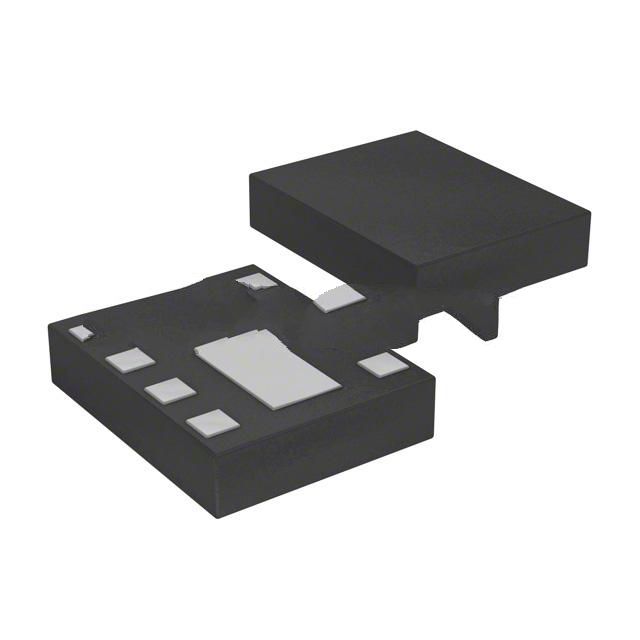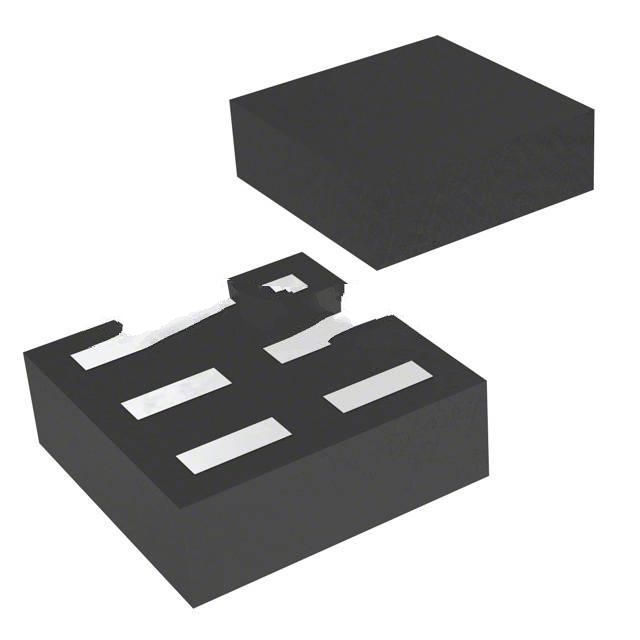NCP154MX280270TAG Product Introduction:
ON Semiconductor Part Number NCP154MX280270TAG(PMIC - Voltage Regulators - Linear), developed and manufactured by ON Semiconductor, distributed globally by Jinftry. We distribute various electronic components from world-renowned brands and provide one-stop services, making us a trusted global electronic component distributor.
NCP154MX280270TAG is one of the part numbers distributed by Jinftry, and you can learn about its specifications/configurations, package/case, Datasheet, and other information here. Electronic components are affected by supply and demand, and prices fluctuate frequently. If you have a demand, please do not hesitate to send us an RFQ or email us immediately sales@jinftry.com Please inquire about the real-time unit price, Data Code, Lead time, payment terms, and any other information you would like to know. We will do our best to provide you with a quotation and reply as soon as possible.
Introducing the onsemi NCP154MX280270TAG, a highly efficient and versatile power management solution designed to meet the demands of various applications. This compact and reliable device offers a wide input voltage range of 2.8V to 27V, making it suitable for a wide range of power supply requirements.
One of the key features of the NCP154MX280270TAG is its high efficiency, which helps to minimize power losses and maximize energy savings. With a low quiescent current of only 10µA, this device is ideal for battery-powered applications where power consumption is a critical factor.
The NCP154MX280270TAG also offers a wide range of protection features, including overvoltage protection, overcurrent protection, and thermal shutdown. These features ensure the safety and reliability of the device, even in demanding operating conditions.
This power management solution is suitable for a variety of applications, including industrial automation, consumer electronics, and automotive systems. Whether you need to power sensors, actuators, or control circuits, the NCP154MX280270TAG provides a reliable and efficient solution.
In summary, the onsemi NCP154MX280270TAG is a highly efficient and versatile power management solution that offers a wide input voltage range, low quiescent current, and a range of protection features. With its compact size and reliable performance, this device is the perfect choice for a wide range of applications in various industries.
Voltage Regulators-Linear is an electronic device used to convert an unstable DC voltage into a stable DC voltage. It regulates the voltage through an active component (such as a transistor or field effect tube) and a feedback network to ensure that the output voltage remains constant within a certain range. Linear regulators usually operate under low input voltage changes and load changes, and are able to provide a very clean and smooth output voltage.
Application
Voltage Regulators-Linear has a wide range of applications, covering almost all electronic devices requiring a stable DC power supply. In the field of consumer electronics, linear voltage regulators are widely used in mobile phones, tablets, laptops and other portable devices to provide stable voltage support for core components such as processors, memory and display screens. In the field of industrial automation and instrumentation, linear voltage regulators are often used in precision measuring instruments, sensor signal processing and other occasions because of their low noise and high precision characteristics. In addition, linear regulators also play an indispensable role in areas such as medical equipment, aerospace, and automotive electronics, where the quality of the power supply is extremely high. For example, in medical equipment, linear regulators ensure the power stability of devices such as pacemakers and monitors, ensuring the safety of patients.
FAQ about PMIC - Voltage Regulators - Linear
-
1. What is a linear regulator?
A linear regulator is an electronic device that is primarily used to maintain a specified output voltage stable when the input voltage or load conditions change. It is an important component in electronics that acts as a buffer to protect the components of the circuit from damage. A linear regulator works by using an active device (such as a BJT or MOSFET) controlled by a high-gain amplifier, using the variable conductivity of the active pass device to maintain the output voltage. This regulator acts as a voltage divider to produce a regulated output voltage, where a linear element (such as a resistive load) is used to regulate the output voltage. The transistor stays in its active region of operation during voltage regulation. To maintain a constant output voltage, the internal resistance can be varied, providing a variable resistance by using a transistor controlled by the amplifier feedback loop.
A linear regulator is also called a buck converter, where the output voltage is always
-
2. What are the characteristics of linear regulators?
Linear regulators have the characteristics of low cost, small package, few peripheral devices and low noise. There are many types of linear regulator packages, which are very suitable for use in LCD color TVs. For fixed voltage output applications, only 2-3 small capacitors are needed to form the entire solution. Ultra-low output voltage noise is the biggest advantage of linear regulators. The output voltage ripple is less than 35V (RMS), and it has an extremely high signal-to-noise control ratio, which is very suitable for powering small signal processing circuits that are sensitive to noise.
-
3. What is the difference between linear regulators and switching regulators?
There are significant differences between linear regulators and switching regulators in terms of working principles, efficiency, stability, cost and application range.
Working principle:
Linear regulators achieve the function of stabilizing the output at a set value by adjusting the voltage difference between the output voltage and the input voltage. It achieves stable output voltage by controlling the conductivity state of the power transistor.
The switching regulator converts the input voltage into a pulse signal transmission and smoothes the output through a filter by quickly switching between the input and output ends to achieve the function of stabilizing the output at the set value. The switching regulator uses PWM (pulse width modulation) control to control the output voltage by adjusting the time duty ratio of the high and low levels within a cycle.
Efficiency:
The efficiency of the linear regulator is relatively low, usually between 60% and 70%. When the voltage differenc
 Lead free / RoHS Compliant
Lead free / RoHS Compliant



